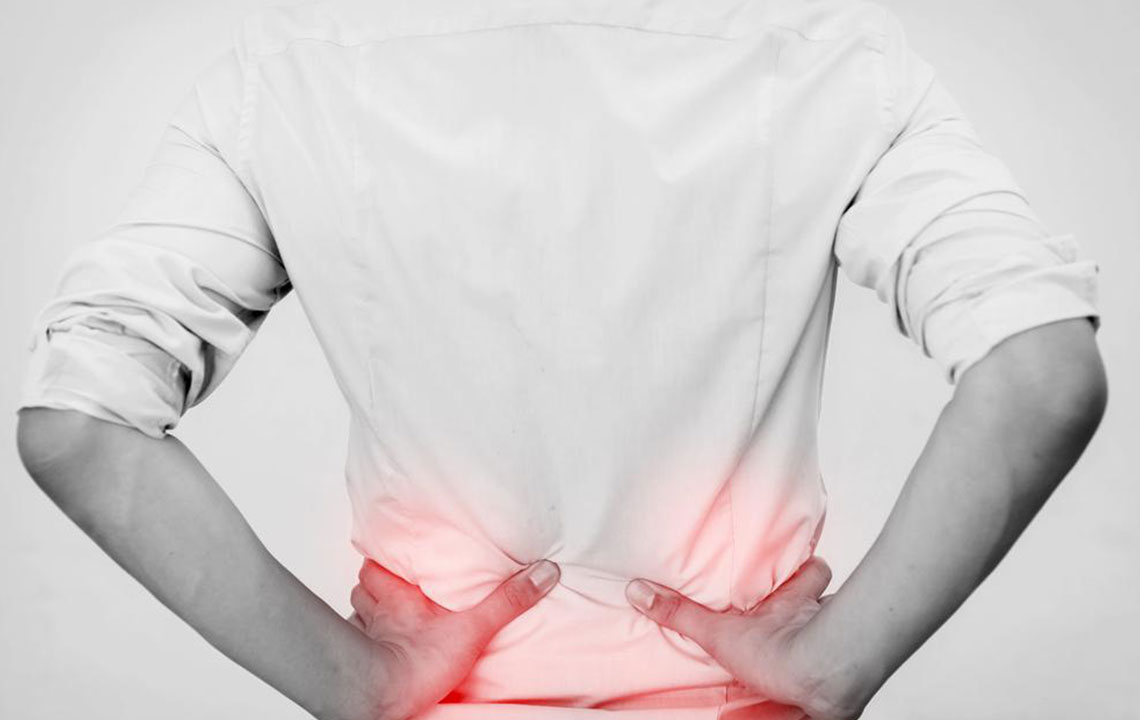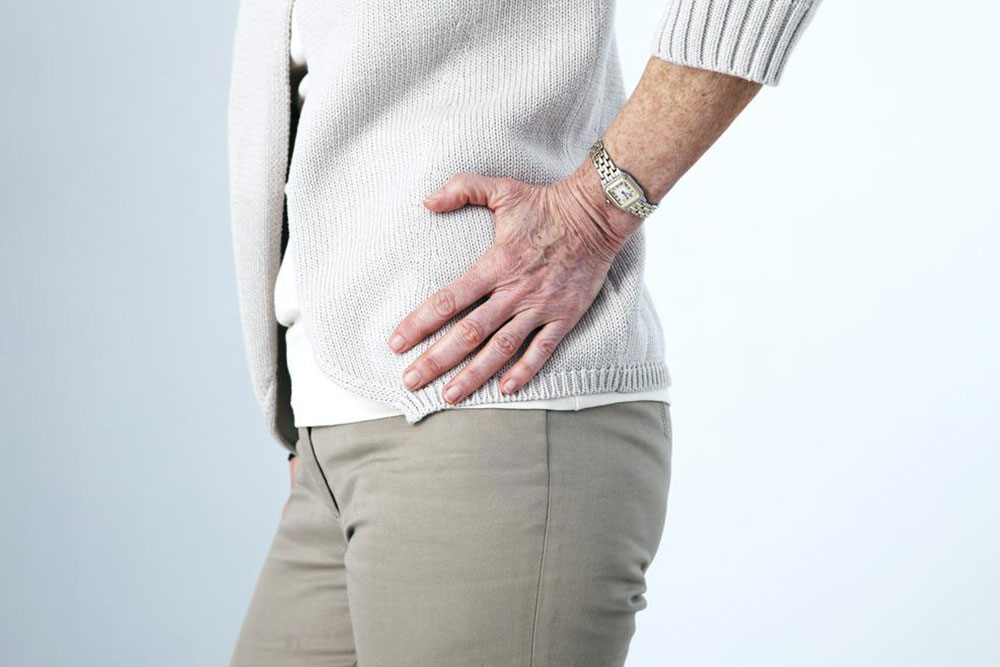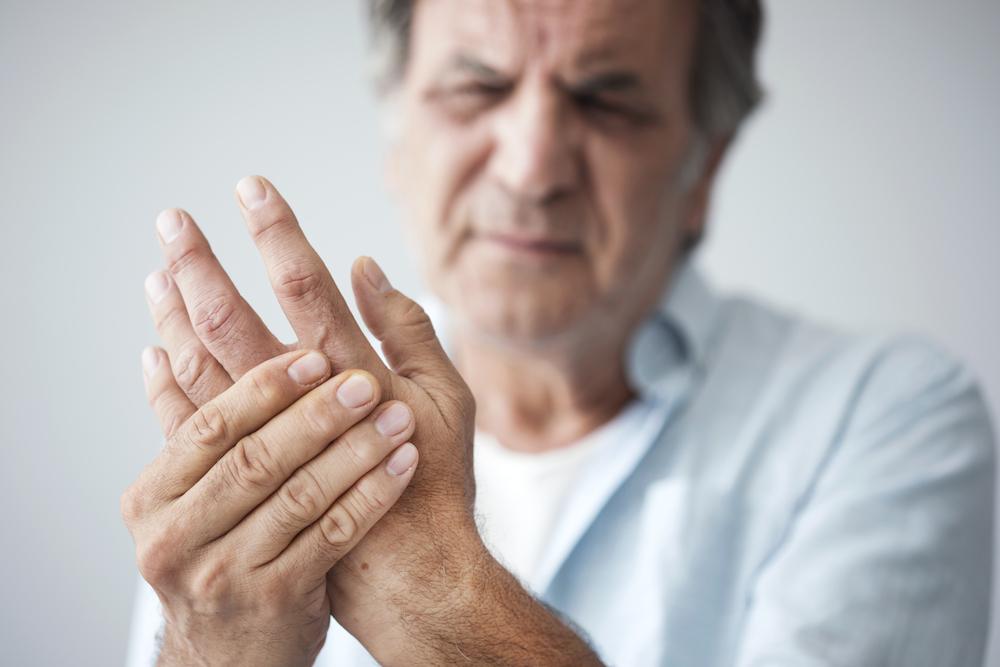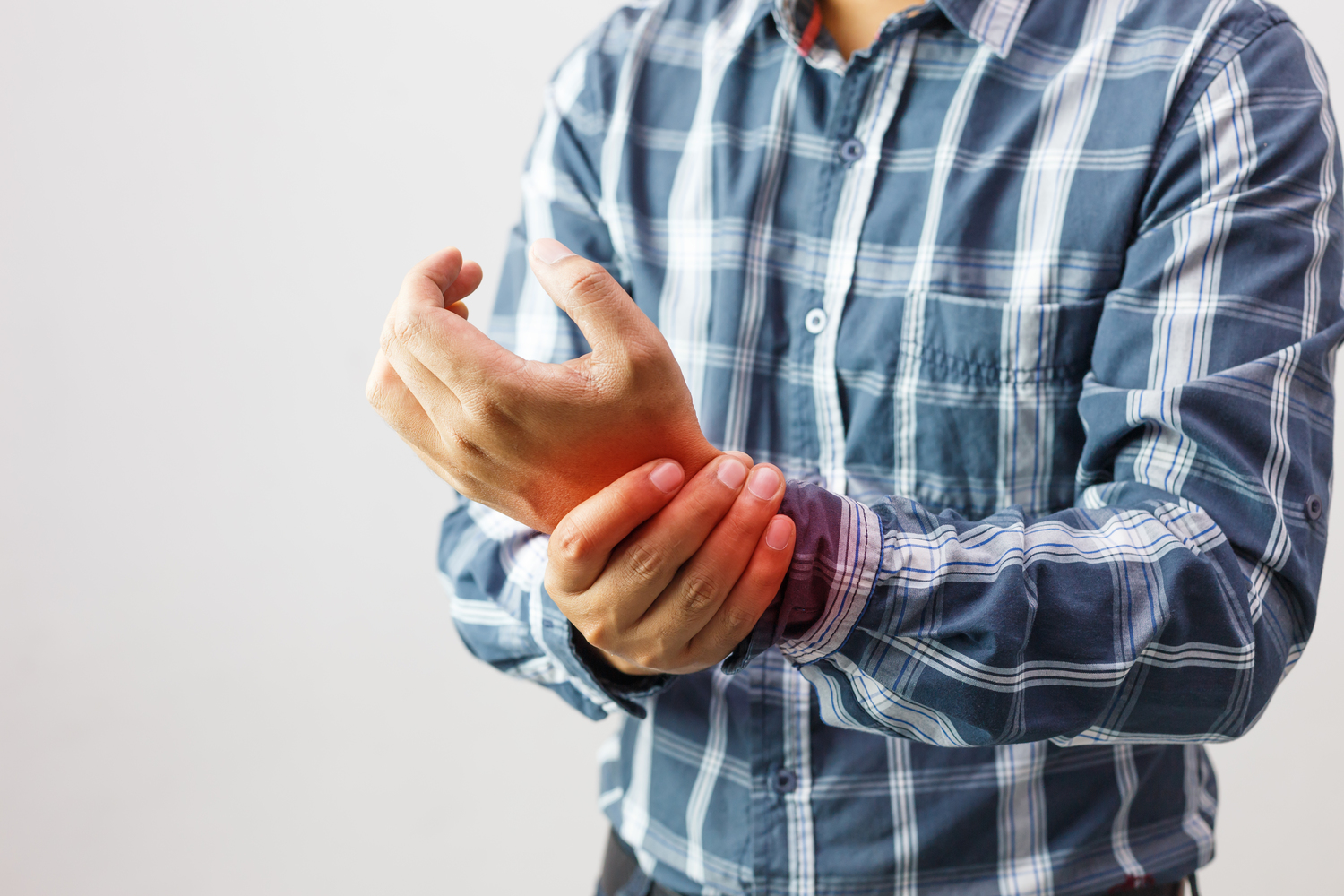Comprehensive Guide to Managing Hip Discomfort and Restoring Mobility
This comprehensive guide explores effective strategies to manage hip discomfort, including lifestyle modifications, physical therapy, medications, and surgical options. Understanding the causes and personalized treatment plans can significantly improve mobility and reduce pain, helping individuals lead active, healthy lives. The article emphasizes early intervention and holistic approaches for optimal results, catering to people across all age groups experiencing hip problems.

Effective Methods to Alleviate Hip Discomfort and Improve Mobility
The hip joint is a crucial component of our musculoskeletal system, providing stability and mobility essential for everyday activities. It bears a significant portion of our body weight and facilitates movements such as walking, running, jumping, and twisting. The joint's integrity is maintained by cartilage, ligaments, and surrounding muscles that work together to prevent injuries and degeneration. However, various factors can lead to discomfort or pain in this vital joint, impacting overall quality of life.
Hip discomfort is a common issue, affecting individuals across a broad age spectrum. What was once primarily associated with old age and degenerative diseases now increasingly affects middle-aged adults and even young populations. Recognizing the causes of hip pain and understanding effective management strategies are essential steps toward restoring comfort and maintaining mobility.
This comprehensive article explores the common causes of hip discomfort, including lifestyle factors, injuries, and medical conditions such as arthritis. It also discusses a broad range of treatment options, from conservative measures like physical therapy and weight control to surgical interventions for severe cases. By adopting personalized, evidence-based approaches, individuals can effectively manage hip pain and resume an active, healthy lifestyle.
Understanding the Causes of Hip Discomfort
Hips are subjected to daily stress and strain through activities like walking, running, and sitting. Several factors contribute to the onset of discomfort or pain, and understanding these can help in effective management:
Lifestyle Factors: Modern lifestyles involving prolonged sitting, sedentary habits, or overexertion can weaken muscles and affect joint health. Poor posture, inadequate ergonomics, and lack of physical activity contribute significantly to hip problems.
Injuries and Trauma: Falls, sports injuries, or trauma from accidents can cause fractures, muscle strains, or ligament tears in the hip area. Such injuries require prompt medical attention to prevent long-term damage and chronic pain.
Medical Conditions: Osteoarthritis, rheumatoid arthritis, bursitis, and tendinitis are common conditions leading to hip pain. Osteoarthritis, in particular, causes cartilage degeneration, resulting in joint inflammation and discomfort radiating to nearby regions like the thighs and groin.
Age-Related Degeneration: As we age, cartilage and joint tissues naturally deteriorate, increasing the likelihood of pain and mobility issues. However, younger individuals are not immune, especially those involved in high-impact sports or with genetic predispositions.
To successfully manage and alleviate hip discomfort, various treatment modalities are available. The choice of treatment depends on the severity of the condition, underlying cause, and individual health status. An integrated approach combining lifestyle changes, medical management, and physical therapies often yields the best outcomes.
Here are some effective strategies for managing hip pain:
1. Maintaining a Healthy Weight – Excess weight increases mechanical stress on the hip joints, accelerating cartilage wear and exacerbating pain. Implementing a weight loss program through balanced diet and regular exercise can significantly reduce joint strain and improve overall joint health.
2. Engaging in Regular, Suitable Physical Activity – Mobility exercises, stretching, and low-impact aerobic activities such as swimming or cycling help lubricate the joints and promote circulation. Physical activity tailored to individual capacity, under professional supervision, ensures safety and effectiveness.
3. Using Topical Remedies – Applying analgesic gels, ointments, or creams can provide temporary pain relief. Regular application, combined with other treatments, may help reduce inflammation and soreness.
4. Pharmacological Treatments – For persistent or intense pain, doctors might prescribe pain relievers and anti-inflammatory medications. In some cases, corticosteroid injections can provide relief by reducing inflammation in the joint.
5. Surgical Procedures – When conservative measures fail, and the hip condition is severe, surgical options such as hip replacement or arthroscopy may be necessary. Surgery is generally considered after exploring all non-invasive options and is reserved for cases involving significant joint degeneration or structural damage.
Besides conventional treatments, alternative therapies such as physiotherapy, Ayurveda, acupuncture, and holistic approaches can complement standard care. These methods aim to reduce pain, improve joint function, and promote overall well-being. An individualized treatment plan developed in consultation with healthcare professionals ensures the best possible outcomes.
This extended guide provides detailed insights into diagnosing, managing, and preventing hip discomfort. Understanding the multifaceted causes and treatment options helps individuals regain mobility and enjoy a pain-free life. Proper management and early intervention are key to preventing long-term disability and enhancing quality of life.




